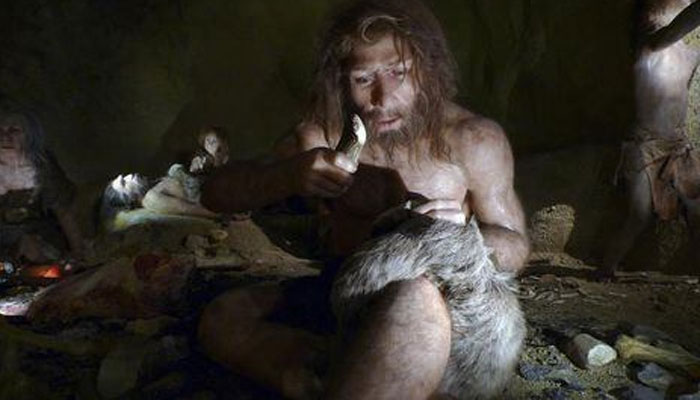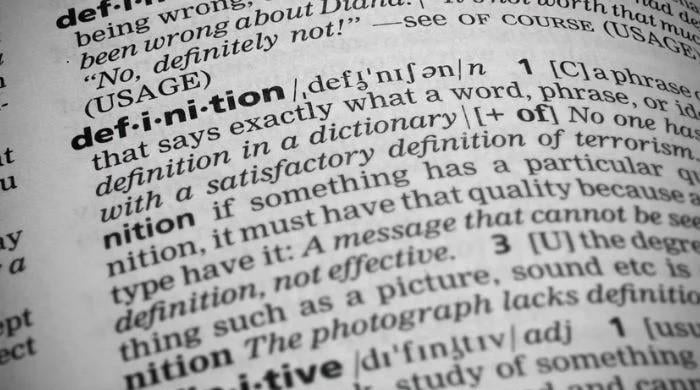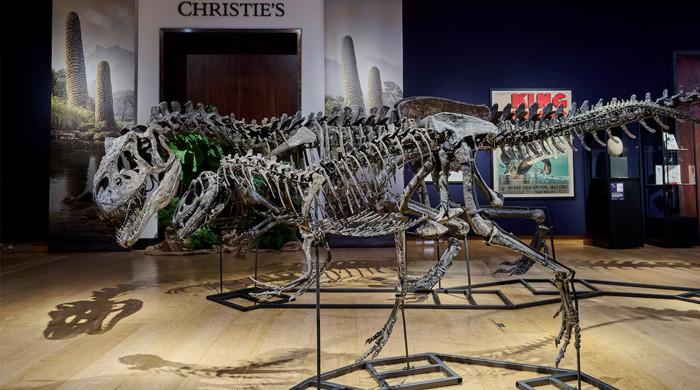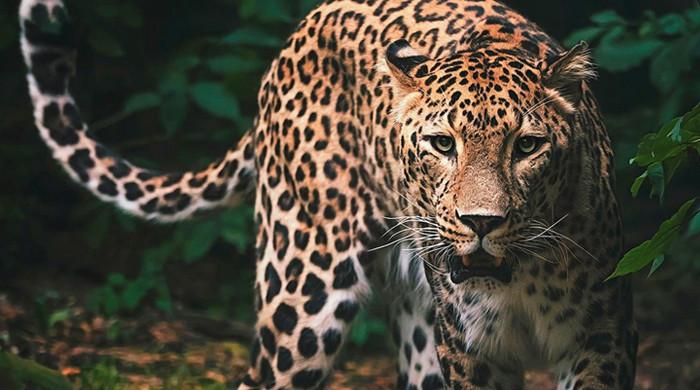Neanderthals cross-mated themselves to extinction, study reveals — Here's how
Interbreeding between Neanderthals and Homo sapiens may have led to the extinction of Neanderthals
November 24, 2023

Neanderthals, contrary to previous assumptions did not die off of wars or predation, as a study suggests that it was the interspecies cross-breeding with Homo sapiens that sealed the fate of the robust humans of the Middle Paleolithic in Europe and western Asia.
Published in the journal PalaeoAnthropology, the study proposes that frequent interbreeding between Neanderthals and Homo sapiens may have led to the extinction of the Neanderthal population, ultimately contributing to their extinction.
Professor Chris Stringer, Research Leader in Human Evolution, emphasised the evolving complexity of understanding Homo sapiens and Neanderthal interactions. The study delves into the possibility that interbreeding, if frequent, could have influenced the demise of Neanderthals.
The encounter between the two species occurred as Homo sapiens ventured out of Africa approximately 250,000 years ago. The intricate communication between Neanderthals, known for prominent brow ridges, and Homo sapiens remains speculative. Language differences, possibly profound given the time separation, would have been significant.
The study explores the mystery of how the groups communicated, with Neanderthals potentially using brow ridges for signals. However, these signals might have been lost to Homo sapiens, who, with reduced brow ridges, developed alternative means of conveying subtler signals through eyebrows.
The question of interbreeding success remains unanswered. Despite evidence of Homo sapiens and Neanderthal interbreeding, the lack of Homo sapiens genetics in late Neanderthal genomes from 40-60,000 years ago raises intriguing questions.
The absence of mitochondrial DNA, inherited maternally, hints at a potential one-way gene flow, suggesting that only male Neanderthals and female Homo sapiens may have successfully mated.
The study emphasises the need for more sequenced Neanderthal genomes to unravel the complexities of interspecies interactions.
As the genetic puzzle unfolds, the narrative of Neanderthals' extinction takes an unexpected turn, revealing a saga of genetic drama and interspecies connections.












